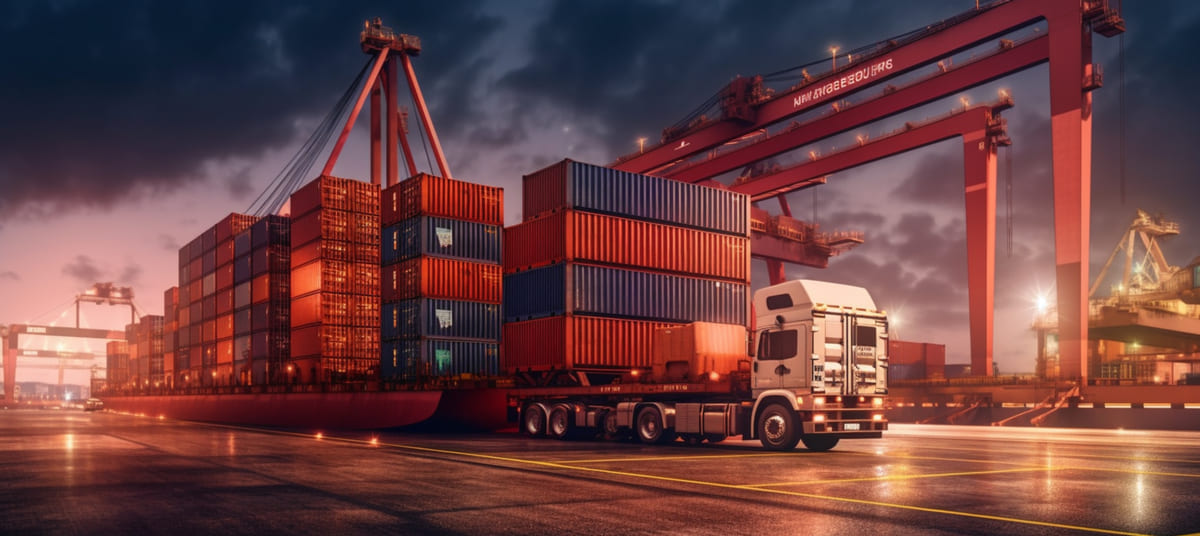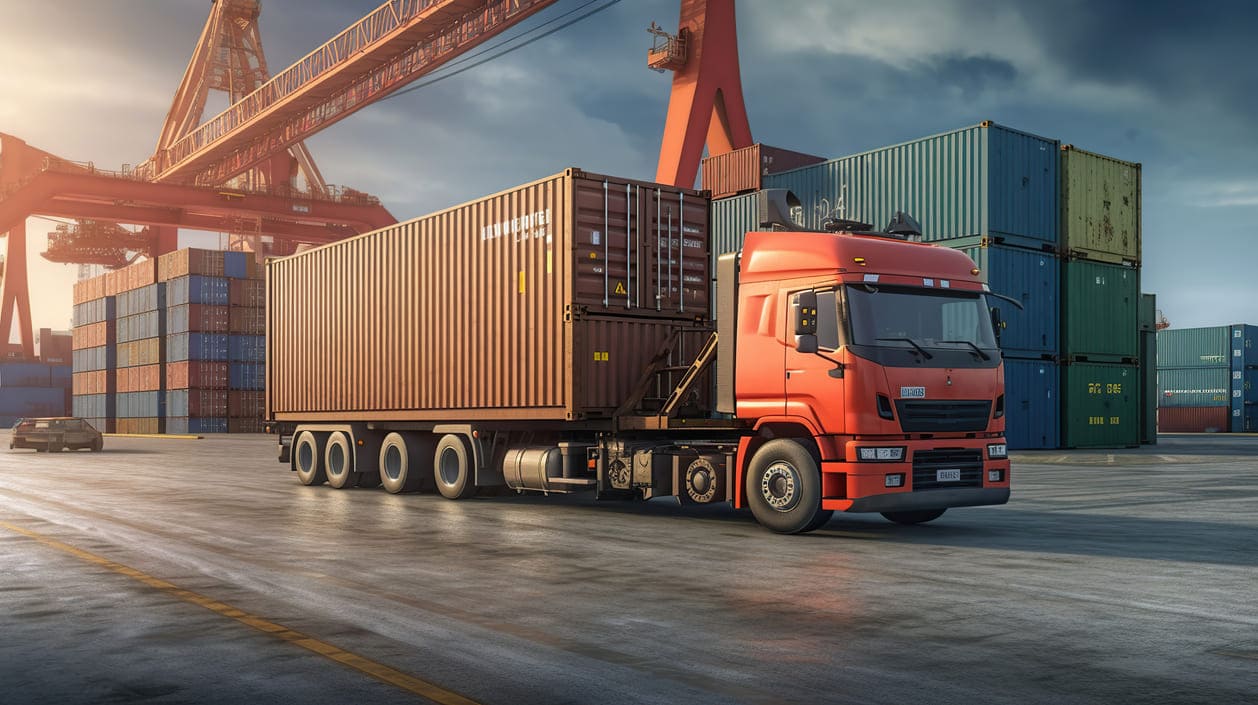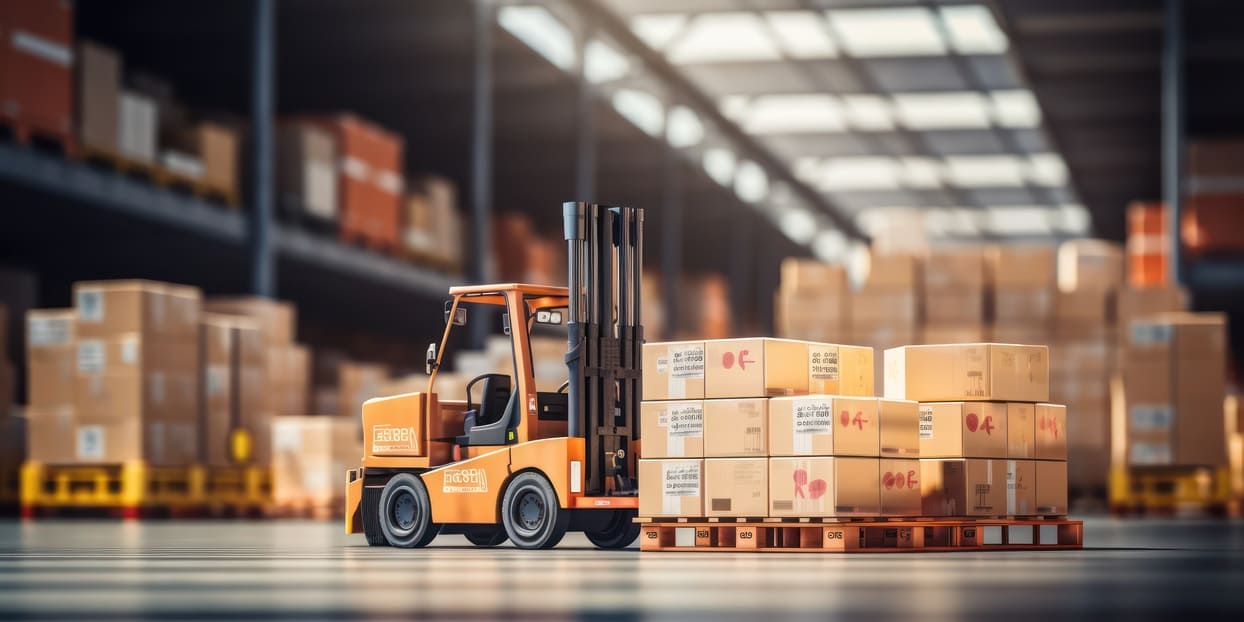World-wide Freight
Revolutionizing World-wide Freight

Embracing Technological Advancements, Sustainability, and Global Trade Dynamics
World-wide Freight, encompassing various modes of transportation such as air, sea, and land, plays a fundamental role in connecting markets, facilitating trade, and driving economic growth on a global scale. From raw materials to finished products, the movement of goods across borders and continents is essential for supporting supply chains, meeting consumer demand, and fostering international cooperation. This article will discuss the pivotal role played by World-wide Freight in the global economy. It will cover how the transportation of goods across national and continental borders supports international trade and facilitates the distribution of goods from producers to consumers worldwide. This article will elucidate how World-wide Freight services provide a vital foundation for the global supply chain and drive economic growth across various countries.
Enabling International Trade
- World-wide Freight serves as the backbone of international trade by facilitating the movement of goods between countries and regions.
- It enables businesses to access global markets, source raw materials, and distribute finished products to consumers worldwide.
- The efficiency and reliability of World-wide Freight networks are crucial for maintaining supply chain resilience and meeting the demands of a globalized economy.
Driving Economic Growth
- The seamless flow of goods facilitated by World-wide Freight contributes significantly to economic growth and development.
- It creates employment opportunities, drives investment in infrastructure, and fosters innovation in logistics and transportation technologies.
- World-wide Freight supports various industries, including manufacturing, agriculture, and retail, by providing access to global markets and expanding business opportunities.
Enhancing Competitiveness
- World-wide Freight plays a vital role in enhancing the competitiveness of businesses by reducing transportation costs, improving efficiency, and expanding market reach.
- It allows businesses to optimize their supply chains, streamline operations, and respond quickly to changing market demands.
- By providing reliable and cost-effective transportation solutions, World-wide Freight enables businesses to remain competitive in a globalized marketplace.
Promoting Global Interconnectedness
- World-wide Freight fosters global interconnectedness by connecting producers, suppliers, and consumers across different countries and continents.
- It promotes cultural exchange, knowledge sharing, and collaboration among nations, contributing to greater understanding and cooperation on a global scale.
- World-wide Freight networks serve as the arteries of the global economy, facilitating the exchange of goods, ideas, and resources that drive economic prosperity and social development.
World-wide Freight plays a pivotal role in the global economy by enabling international trade, driving economic growth, enhancing competitiveness, and promoting global interconnectedness. As the world becomes increasingly interconnected and interdependent, the importance of World-wide Freight in facilitating the movement of goods and fostering international cooperation cannot be overstated. It is essential for policymakers, businesses, and stakeholders to recognize the significance of World-wide Freight and work towards ensuring its continued efficiency, sustainability, and resilience in supporting the growth and prosperity of the global economy.
Challenges and Opportunities in the World-wide Freight Industry

The World-wide Freight industry operates in a dynamic and evolving global landscape, facing a myriad of challenges and opportunities. From technological advancements to regulatory complexities, the industry must navigate various factors to ensure efficient and sustainable operations.
Challenges
a. Infrastructure Constraints
- Inadequate infrastructure, especially in developing countries, poses a significant challenge for the World-wide Freight industry.
- Insufficient port capacity, congested road networks, and outdated rail systems hinder the efficient movement of goods, leading to delays and increased costs.
b. Regulatory Compliance
- Compliance with a myriad of international regulations and standards, including customs regulations, safety requirements, and environmental regulations, adds complexity and costs to World-wide Freight operations.
- Navigating diverse regulatory frameworks across different countries and regions requires significant resources and expertise.
c. Rising Fuel Costs and Environmental Concerns
- Fluctuating fuel prices and environmental concerns, such as carbon emissions and pollution, pose challenges for the World-wide Freight industry.
- Rising fuel costs increase operational expenses, while environmental regulations and sustainability initiatives require investments in cleaner and greener transportation technologies.
d. Technological Disruption
- Rapid technological advancements, including automation, digitization, and artificial intelligence, are disrupting traditional modes of operation in the World-wide Freight industry.
- Adapting to new technologies requires significant investments in infrastructure, workforce training, and digital transformation, presenting challenges for traditional freight operators.
Opportunities
a. Technological Innovation
- Technological innovation presents numerous opportunities for improving efficiency, reducing costs, and enhancing sustainability in the World-wide Freight industry.
- Embracing technologies such as blockchain for supply chain transparency, IoT for real-time tracking, and autonomous vehicles for last-mile delivery can revolutionize freight operations.
b. Collaboration and Partnerships
- Collaboration among stakeholders, including governments, industry players, and technology providers, can unlock opportunities for enhancing infrastructure, streamlining regulations, and promoting innovation in the World-wide Freight industry.
- Public-private partnerships and collaborative initiatives can address common challenges and drive collective growth in the industry.
c. Sustainable Practices
- Growing awareness of environmental issues and sustainability concerns presents opportunities for adopting eco-friendly practices in the World-wide Freight industry.
- Investing in alternative fuels, optimizing transportation routes, and implementing green logistics strategies can reduce carbon emissions and mitigate environmental impact.
d. Global Trade Expansion
- Continued expansion of global trade presents opportunities for growth in the World-wide Freight industry, particularly in emerging markets with increasing demand for goods and services.
- Leveraging trade agreements, market liberalization, and strategic investments in transportation infrastructure can facilitate trade expansion and create new opportunities for freight operators.
The World-wide Freight industry faces a myriad of challenges, ranging from infrastructure constraints to regulatory complexities and technological disruption. However, amidst these challenges lie significant opportunities for innovation, collaboration, and growth. By embracing technological innovation, fostering collaboration among stakeholders, adopting sustainable practices, and capitalizing on global trade expansion, the World-wide Freight industry can overcome challenges and position itself for sustainable growth and prosperity in the evolving global marketplace.
Environmental Impact of World-wide Freight Activities

As the global economy continues to expand and trade volumes increase, the environmental impact of World-wide Freight activities has become a significant concern. From carbon emissions to pollution and habitat destruction, the freight industry’s operations contribute to various environmental challenges.
Carbon Emissions
- World-wide Freight activities, particularly those involving air and sea transportation, are major contributors to carbon emissions.
- Cargo ships and airplanes emit large amounts of greenhouse gases (GHGs), including carbon dioxide (CO2), methane (CH4), and nitrous oxide (N2O), contributing to climate change and global warming.
- The carbon footprint of World-wide Freight operations can be significant, especially for long-distance transportation routes, leading to environmental concerns and calls for emissions reduction measures.
Air and Water Pollution
- Freight transportation activities, such as cargo ships and trucks, emit pollutants such as sulfur dioxide (SO2), nitrogen oxides (NOx), and particulate matter (PM), leading to air and water pollution.
- Air pollution from freight transportation contributes to respiratory diseases, acid rain, and smog formation, affecting human health and ecosystems.
- Water pollution from cargo ships, including oil spills, ballast water discharge, and chemical pollutants, poses threats to marine ecosystems and biodiversity.
Habitat Destruction and Land Use
- World-wide Freight activities can lead to habitat destruction and land use changes, particularly through the expansion of transportation infrastructure such as ports, roads, and railways.
- Land clearance for infrastructure development and the construction of logistics facilities can result in deforestation, loss of biodiversity, and fragmentation of natural habitats.
- Habitat destruction and land use changes associated with freight transportation can have long-term ecological impacts, affecting ecosystems, wildlife populations, and ecosystem services.
Mitigation Strategies
- Improving Fuel Efficiency: Implementing fuel-efficient technologies and practices, such as engine upgrades, aerodynamic design improvements, and route optimization, can reduce fuel consumption and carbon emissions in World-wide Freight operations.
- Alternative Fuels: Transitioning to cleaner and renewable fuels, such as liquefied natural gas (LNG), biofuels, and hydrogen, can help reduce the environmental impact of freight transportation by lowering emissions and promoting sustainability.
- Regulatory Measures: Enforcing stricter emissions standards, implementing emissions trading schemes, and imposing environmental taxes or levies on freight transportation activities can incentivize emissions reduction and promote environmental sustainability in the industry.
- Modal Shift: Encouraging modal shift from high-emission modes of transportation, such as air and road freight, to lower-emission alternatives, such as rail and sea freight, can help mitigate the environmental impact of World-wide Freight activities by reducing carbon emissions and pollution levels.
The environmental impact of World-wide Freight activities encompasses various factors, including carbon emissions, air and water pollution, and habitat destruction. Addressing these environmental challenges requires collaborative efforts from stakeholders, including governments, industry players, and civil society organizations. By implementing mitigation strategies such as improving fuel efficiency, promoting alternative fuels, enforcing regulatory measures, and encouraging modal shift, the World-wide Freight industry can reduce its environmental footprint and contribute to a more sustainable and environmentally responsible global transportation system.
Recent Posts
Talkingegg.info 2024 - Copyright © All rights reserved.
